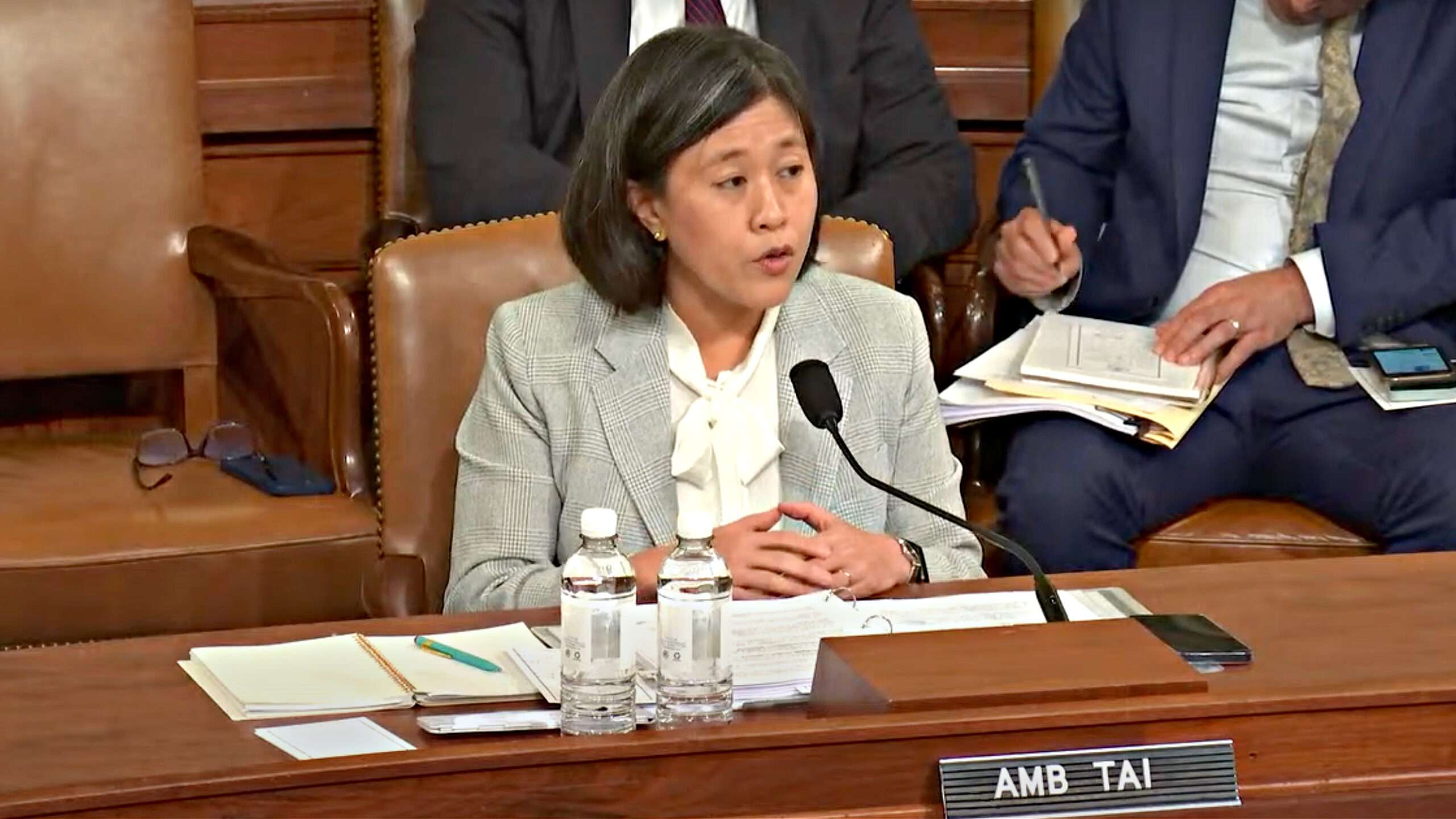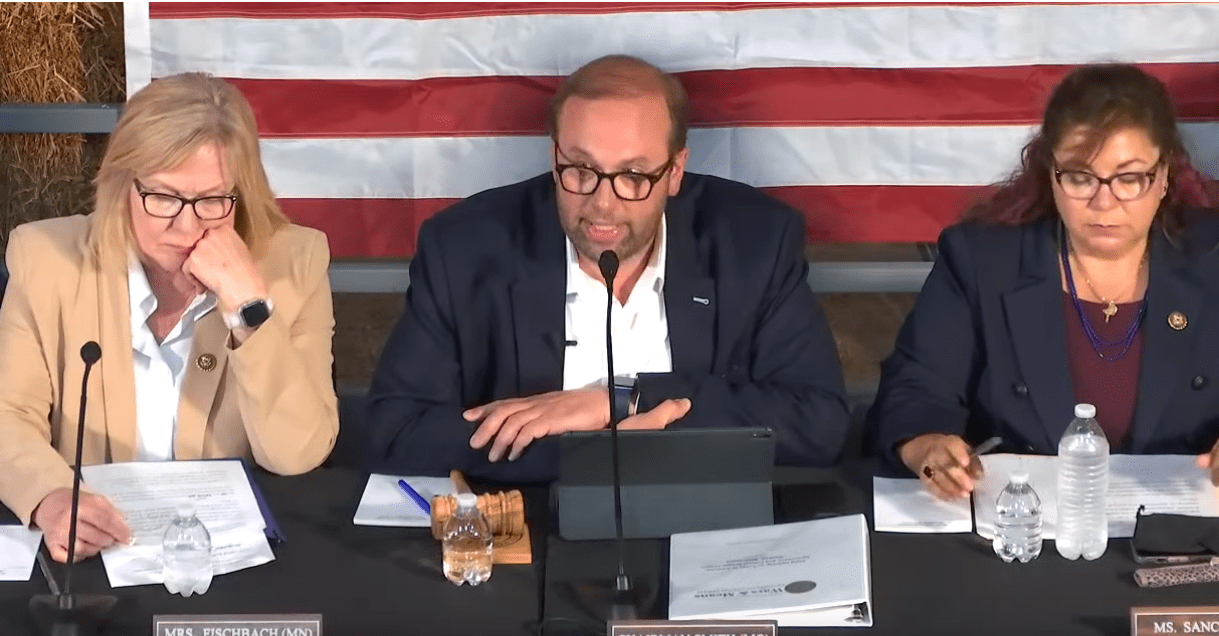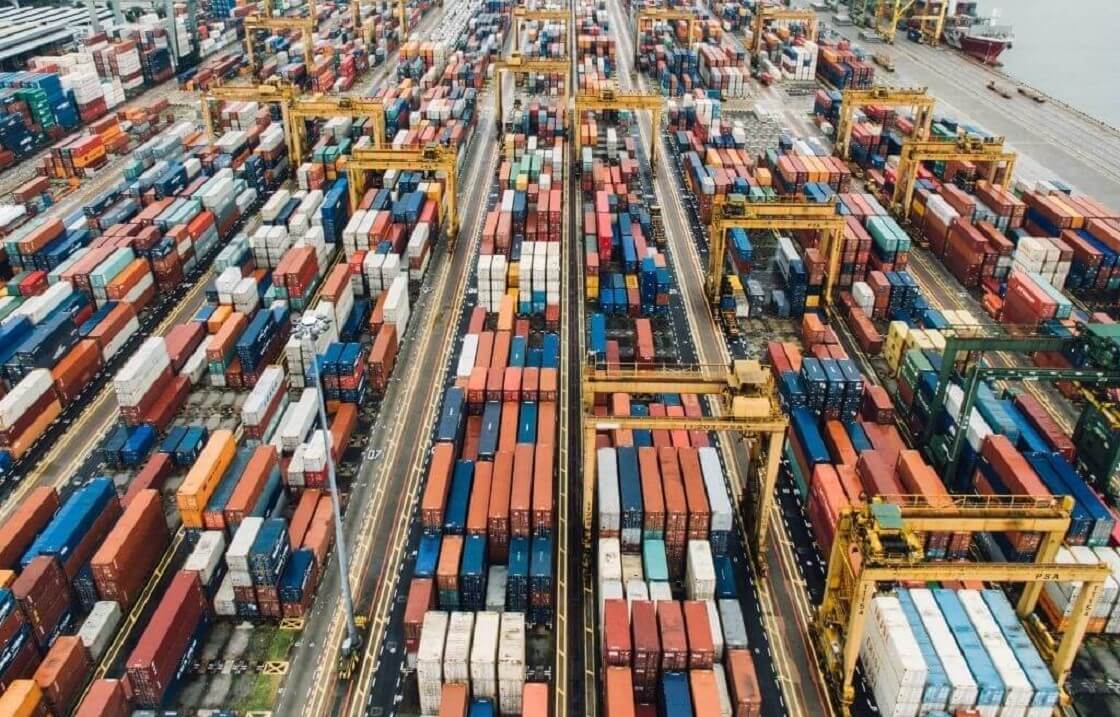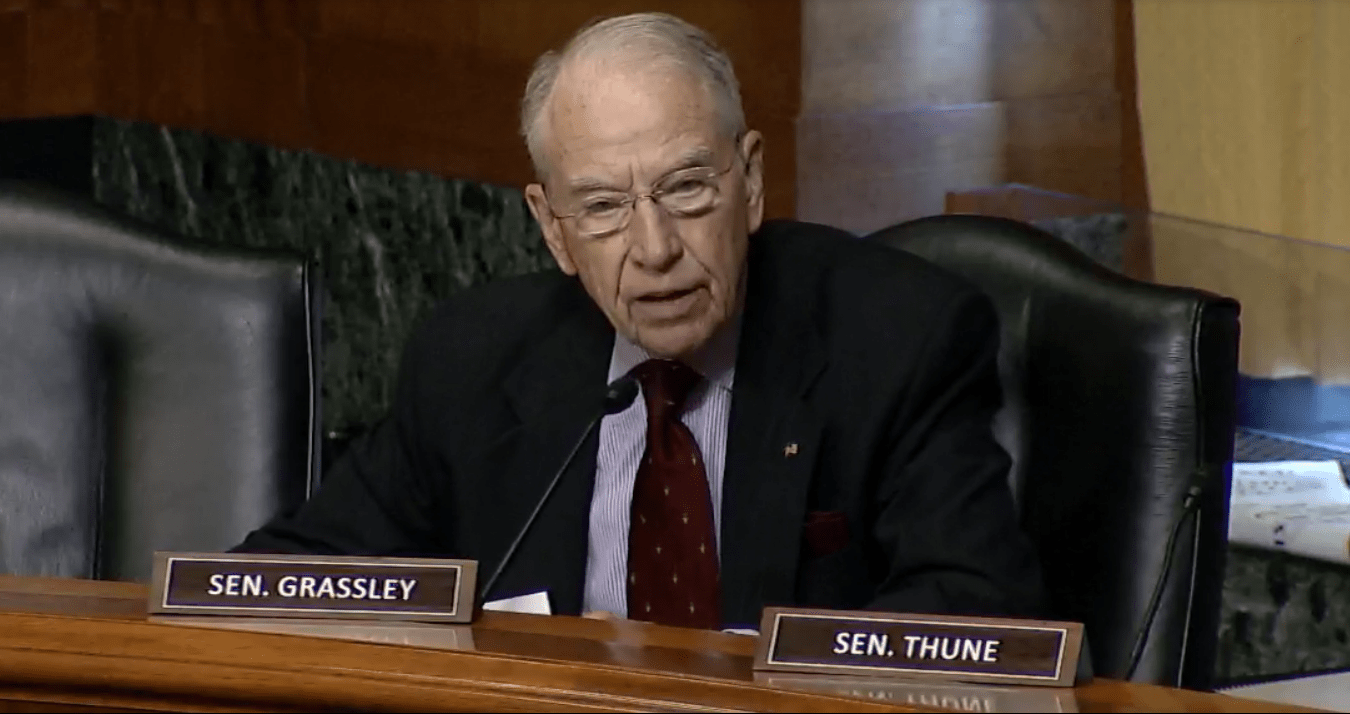
Katherine Tai Gets an Earful from Ways & Means on Mexico, De Minimis, GSP Renewal, Agriculture Deficits, and Generic Drug Imports.
USTR Katherine Tai sat for a two hours-plus hearing with the House Ways and Means Committee on Tuesday to discuss trade matters and was met early on by some staunch criticism.








